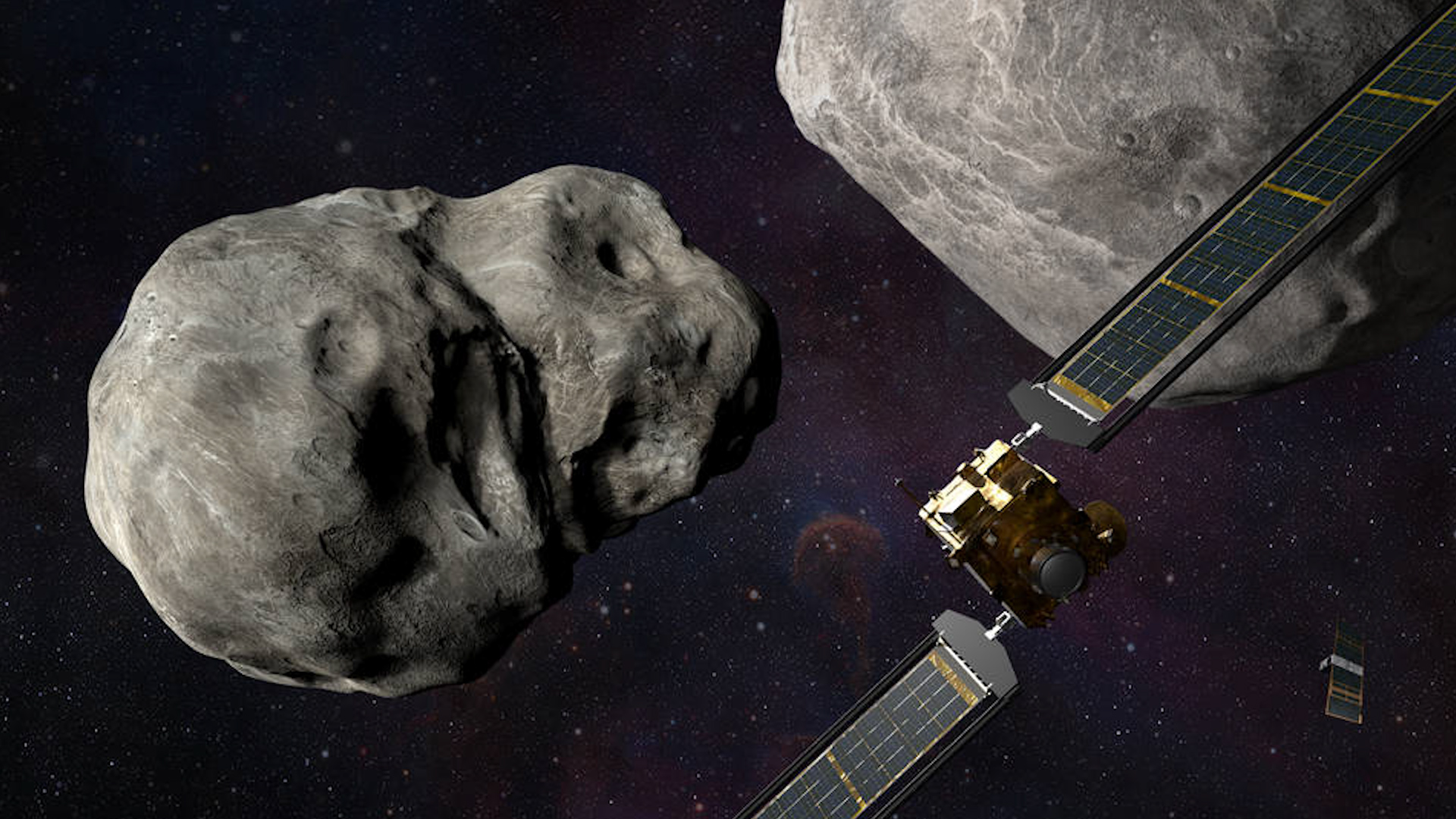Humankind will soon get even more awe-inspiring images from space thanks to a gigantic camera built in the Bay Area.
The camera, which features 3.2 billion pixels, was built at the SLAC National Accelerator Laboratory in Menlo Park.
"We'll find 20 billion galaxies and about 17 billion stars," SLAC astrophysicist Risa Wechsler said.
The camera is part of a near $1 billion project to put an ultra-powerful scope, called LSST or large synoptic survey telescope, in a Chilean observatory to deliver the latest in jaw-dropping images from space.
"We'll be able to look at the origins and history of our solar system and also potentially to find objects that could threaten the Earth eventually, so that's interesting in its own right," said Steven Ritz, a physics professor at UC Santa Cruz.
With its ability to look deep into the universe, think of the camera as a three-ton, two-story history book.
"LSST is giving us a time machine," Wechsler said. "These images are telling us about the past. When we look farther away, we're learning about the further away past and keep going."
There is still a lot of testing to be done. When that wraps up, everything glass — the lens and the filters — will be removed and packed separately. The whole unit will be shipped sometime around May to Chile where it will be reassembled and then installed inside an observatory.
Get a weekly recap of the latest San Francisco Bay Area housing news. Sign up for NBC Bay Area’s Housing Deconstructed newsletter.



